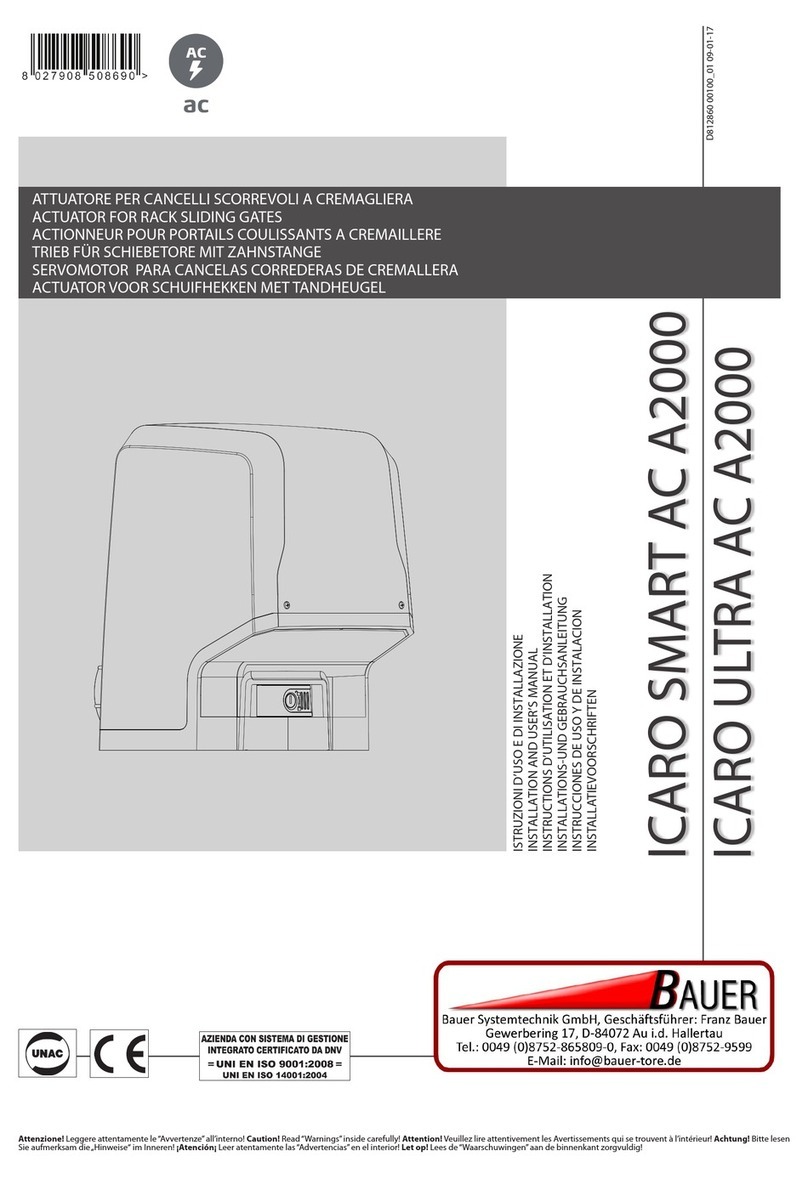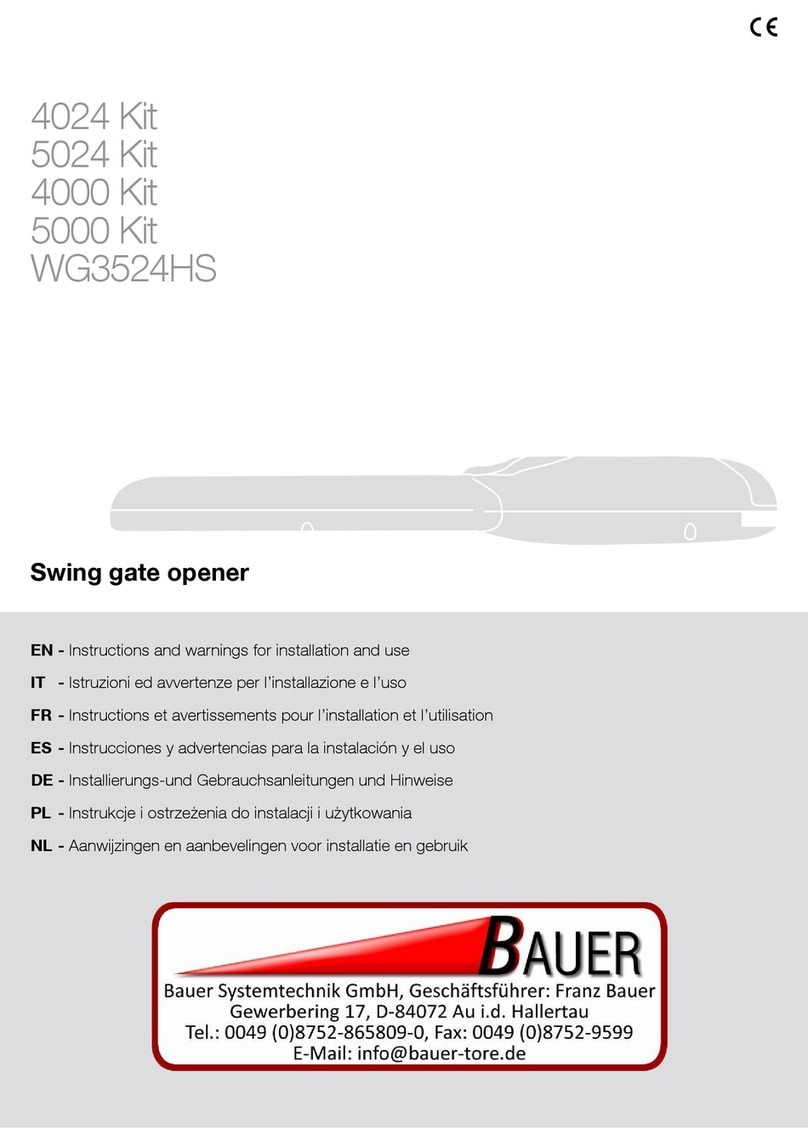
Inhaltsverzeichnis
2) Technische Daten......................................................................................................................... 4
3) Wirkungsweise............................................................................................................................. 5
4) Lieferumfang................................................................................................................................ 5
5) Abmessungen/Montagemaße........................................................................................................ 6
6) Montage des Antriebes................................................................................................................. 7
7) Einstellen der Endschalter ............................................................................................................ 8
7.1) Einstellen des Endschalters „ZU“................................................................................................. 8
7.2) Verschieben der Endschalter......................................................................................................... 9
7.3) Einstellen des Endschalters „AUF“............................................................................................... 9
8.) Notentriegelung.......................................................................................................................... 10
8.1) Verriegeln des Antriebes ............................................................................................................ 11
9) Kabelplan................................................................................................................................... 11
10) Wartung der Toranlage............................................................................................................... 12
11) Elektrischer Anschluss ............................................................................................................... 12
12) Konformitätserklärung............................................................................................................13/14
Table of contents:
13) Mode of operation...................................................................................................................... 15
14) Scope of delivery........................................................................................................................ 15
15) Dimensions/mounting dimensions.............................................................................................. 16
16) Mounting of the operator............................................................................................................ 17
17) Adjustment of end switches........................................................................................................ 18
17.1) Adjustment of end switch “CLOSED”........................................................................................ 18
17.2) Altering the position of end switches.......................................................................................... 19
17.3) Adjustment of end switch “OPEN”............................................................................................ 19
18) Emergency release...................................................................................................................... 20
18.1) Locking the operator.................................................................................................................. 21
19) Cable layout ............................................................................................................................... 22
20) Maintenance............................................................................................................................... 23
21) Electrical connection .................................................................................................................. 23
22) Declaration of conformity ......................................................................................................24/25
Inhaltsverzeichnis
23) Mode opératoire ......................................................................................................................... 26
24) Contenu de la livraison............................................................................................................... 26
25) Dimensions/dimensions de montage........................................................................................... 27
26) Montage de l’opérateur............................................................................................................... 28
27) Ajustage des commutateurs de fins de course ............................................................................. 29
27.1) Ajustage du commutateur de fin de course « FERME ».............................................................. 29
17.1) Changer la position des commutateurs de fin de course .............................................................. 30
27.3) Ajustage du commutateur de fin de course « OUVERT » ........................................................... 30
28.) Déverrouillage d’urgence ........................................................................................................... 31
28.1) Verrouiller l’opérateur................................................................................................................ 32
29) Plan de câblage........................................................................................................................... 33
30) Maintenance............................................................................................................................... 34
31) Connexion électrique.................................................................................................................. 34
32) Déclaration de conformité CE.................................................................................................35/36





























